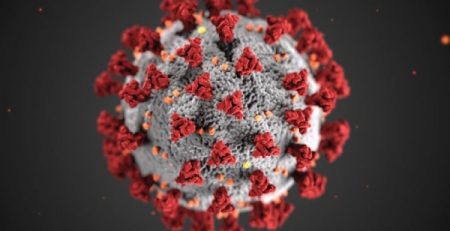youth difficulty quitting electronic cigarettes
Note: Insynchs is a company promoting an e-cigarette cessation program for youth. No endorsement of this product is asserted or implied by citing their 2021 fact sheet.
“Since the early 2000s, Big Tobacco has marketed the Big Lie that e-cigarettes are a safer, healthier alternative to cigarettes. They aren’t, but that hasn’t stopped millions of American teenagers from purchasing the product and contributing to a nearly $20 billion industry.
https://www.insynchcs.com/blog/e-cigs-can-be-more-addictive-and-harder-for-teens-to-quit-than-cigarettes
Today, many of those same teens are desperately attempting to quit their health-harmful habits. According to a study published this year in JAMA Pediatrics, nearly half of all teenage vapers have seriously considered or attempted to quit.1 But as they’re quickly learning, it is extremely difficult.
The biggest reason teens cannot quit vaping is that the e-cig juice used in e-cigarettes can deliver a higher dose of nicotine than that found in conventional cigarettes. Naturally, the higher the dose of nicotine, the more addicted the vaper becomes, and the more difficult it becomes to quit.
Comment: In addition, the probability of addiction with use is higher for nicotine than for other drugs.2
1 Smith TT, et al. Intention to Quit Vaping Among United States Adolescents. JAMA Pediatrics. 17 August 2021;175(1):97-99.
https://jamanetwork.com/journals/jamapediatrics/fullarticle/2769574
- “A US survey in early 2021 questioned 14 798 youth aged 12 to 17; 498 (3.6%) had used e-cigarettes in the past 30 days, constituting the analytic sample…. Approximately 44.5% reported seriously thinking about quitting. Overall, 24.9% had tried to quit vaping completely within the past year.”
- Lopez-Quintero C,Pérez de los Cobos J,Hasina DS,et al. Probability and predictors of transition from first use to dependence on nicotine, alcohol, cannabis, and cocaine: Results of the National Epidemiologic Survey on Alcohol and Related Conditions (NESARC). Drug Alcohol Depend. 2011 May 1; 115(1-2): 120–130. doi:10.1016/j.drugalcdep.2010.11.004
“The cumulative probability estimate of transition to dependence was 67.5% for nicotine users, 22.7% for alcohol users, 20.9% for cocaine users, and 8.9% for cannabis users.”
Stephen Hamann












